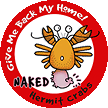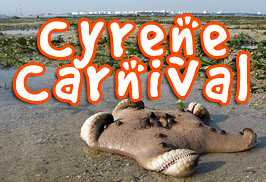
Today is blog action day and in support of this day and the environment, the monkey wishes to bring everybody's attention to the most insignificant, often overlooked daily hygiene product that you cannot live without.
The Toilet Paper.
Tissue Paper, Tisu, Kitchen Towel, Kleenex, Toilet Roll, Facial tissue, or whichever name you know it by. All of the above.
In a survey conducted on 1683 students and staff of the National University of Singapore, 21% (353) said that they "love soft, strong and white tissue paper". Only a miserable 5% disagree with the statement while the rest of the 95% weigh heavily on strongly agree (21%), agree (31%) or neutral (34%).
Why does this matter? What's the big deal with liking some comfort on my sensitive skin? It's just a piece of paper which we wipe and throw away without even thinking of it. Personally, I am guilty of consuming large amounts of facial tissue due to my chronic sinus problem. In fact, every time I visit the toilet, I could am flushing a forest down Singapore's excellent sewage system.
According to the World Wildlife Fund for Nature (WWF):
"Every day, about 270,000 trees are flushed down the drain or end up as garbage all over the world.
In fact, every time you use a toilet roll or other tissue products you might be directly contributing to this environmental destruction.

Source: WWF
Tissue products, such as toilet paper, handkerchiefs, kitchen towels and napkins cannot be recycled after their use, for understandable reasons!
So it is important to ensure that the tissue products you buy contain a high level of recycled content.
To make your facial tissue, large areas of virgin forests may have been cut and burnt to make room for fast growing Eucalyptus plantations."
When I first read this website, that image above woke me up. But it was not until I was in Sabah, that the image of deforestation from Borneo's virgin rainforest that really sank it in.
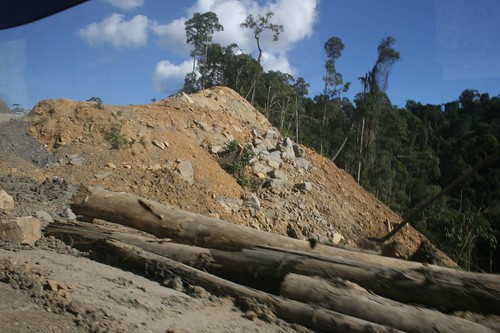 Scenes of deforestation in Borneo. Photo taken in Feb 2007
Scenes of deforestation in Borneo. Photo taken in Feb 2007Every single dead tree lying there are potentially going to end up in our toilets, on our toilet roll and before you know it, flushed down the pipes!
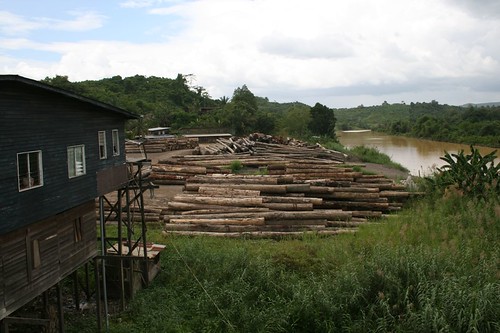 Lumberyard in Sabah Borneo. Photo taken in Feb 2007
Lumberyard in Sabah Borneo. Photo taken in Feb 2007Lumberyard like these were easily seen in Borneo. Scenes of deforested areas were dime a dozen. Had it been for something less trivial a reason, perhaps it wouldn't seem so senseless. But did you know that while 25% of the wood fibre imports for tissues in Europe come from regions with mainly plantation forestry for pulp (US, Brazil, Chile, South Africa), and a significant part comes from countries where illegal logging is a big problem like Indonesia, Russia, and the Baltic States. (Source:
WWF)
At the same time, it is
paper pulp mills that is potentially causing the haze in Singapore due to the scorching of land in Indonesia? It could even be burning to clear the land for paper plantations! A tropical rainforest is high in its diversity of plants which then provide homes to an equally high diversity of wildlife. Do you think a monoculture of tree plantation can provide the same?
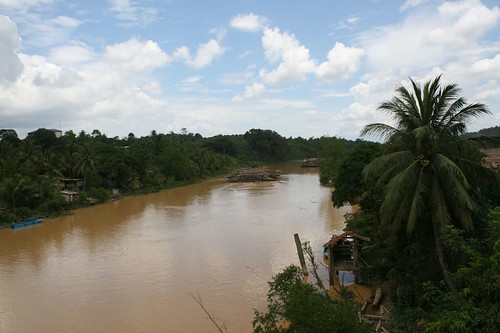 On the way to being shipped to... Singapore?! Photo taken in Feb 2007
On the way to being shipped to... Singapore?! Photo taken in Feb 2007And guess what? The whiter your tissue paper is, the more bleach is being used in your paper. That bleach not only can be harmful to our bodies but also to our water supplies when we dispose of the paper.
"Toxic emissions - dioxins and other organochlorines - are produced as by-products of chlorine bleaching, a process that is used by the pulp and paper industry to whiten papers. They are released in waste-water from pulp and paper mills using chlorine chemistry. These harmful chemicals spread everywhere - in our water supply, food chain and bodies." - WWF
Of course WWF kindly
provided a list of companies and the amount of recycled fibre they use in their paper products. However, the list does not include Asian brands. As such, I made a point to contact Kimberly Clark which produces the brand Scott and Kleenex which my mother purchase fatefully.
This was their reply:
"Yes, we do use recycled as well as 100% virgin fibre. As a general rule, all tissues bearing our Scott branding, have some recycled material in them with the Scott Extra toilet roll being 100% recycled. However, pls note that the Scott Deluxe is the only exception here, being 100% virgin fibre.
For Kleenex facial and toilet tissues, they are all 100% virgin fibre."
For their honestly, I applaud them. But for their use of 100% virgin fibre, I shudder at how many trees I've been killing without knowing. Understandably virgin fibre just means that no recycled materials are used but whether the fibre came from virgin forests or plantation trees, we don't know. But the impact, though not the same, can be reduced by our action!
So what can we do? Find out
how to make a conscious consumer decision to stop buying 100% Soft Strong and White toilet rolls. In addition, we can also, very simply,
reduce our use.
 Source: WWF
Source: WWFHow about handkerchiefs? Or washing with water and drying with a towel? In fact, did you know that a simple hand dryer in the public toilet would potentially help you reduce your impact on the environment compared to that one square of hand towel you would otherwise use?
It has become quite a trend recently to install hand/face towel dispensers in public toilets. I admit, I do prefer that much more to burning my hand on the hand dryer. But
this blog comes up with a detailed accounting of why hand dryers are much more beneficial than hand/face towels. It can be easily concluded by this statement:
"The truth is paper towel is one of the things where the useful part of its life is far smaller chunk of its total life (unless large part of such towels is recycled, which is not the case today). Such things are rarely environmentally friendly. So even though, in restroom, electric hand dryer consumes more electric energy than paper towel roll, if you see the big picture, you are better off with electric hand dryer both financially and environmentally." - Saving Energy Blog
This is not even taking into consideration the amount of energy you use to produce the paper!
Or as a green website suggested - why not be patient and just dry your hands off by evaporation as life intends it to be!
So next time you picked up a piece of tissue, think about where it came from. Or perhaps like me, I think I'll go invest in a handkerchief today.
Read full article here
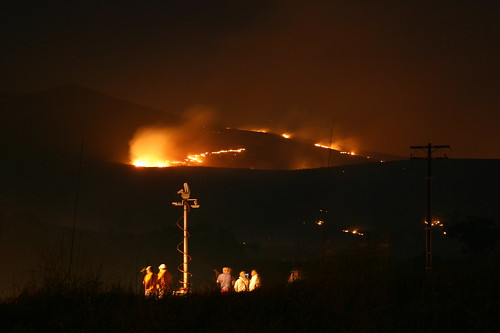

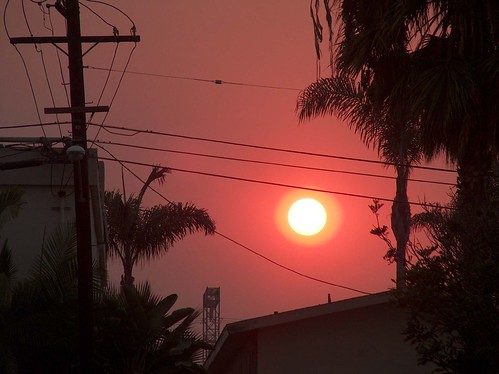








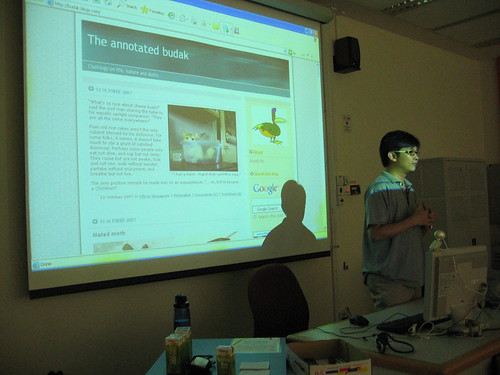

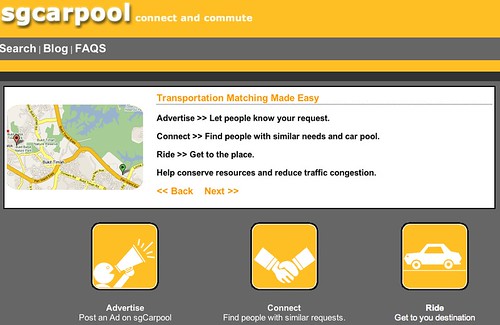
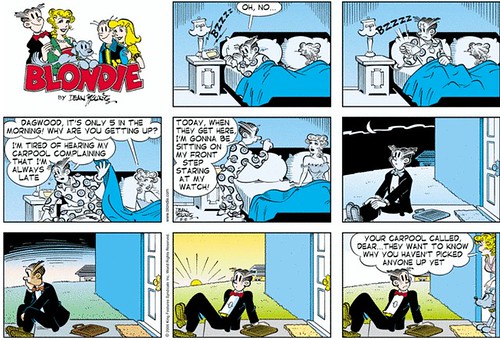
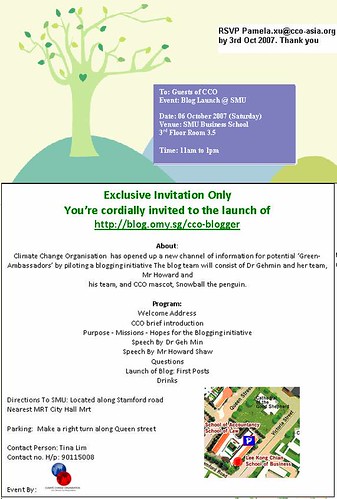
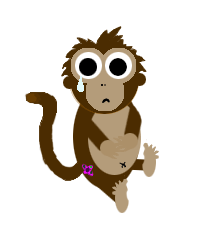
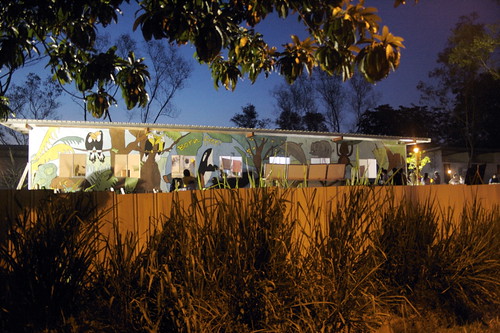

 I can be contacted at
I can be contacted at 





